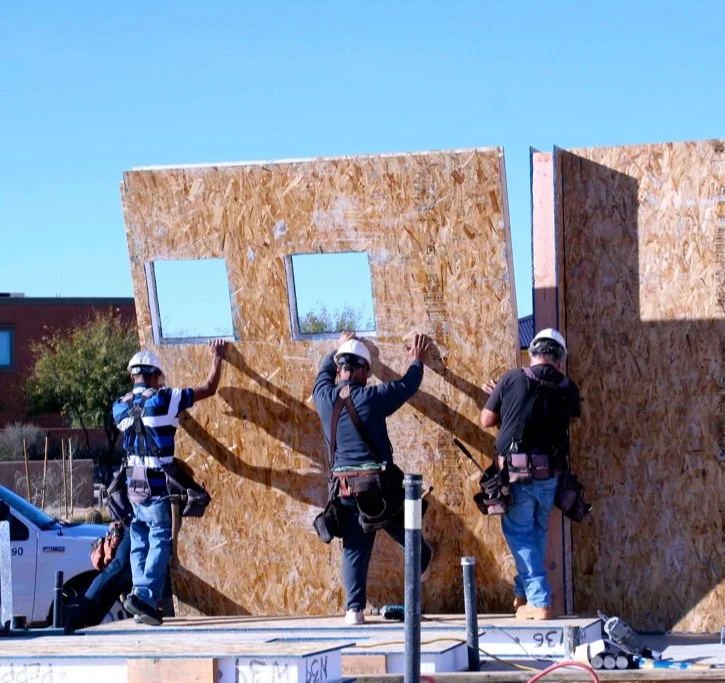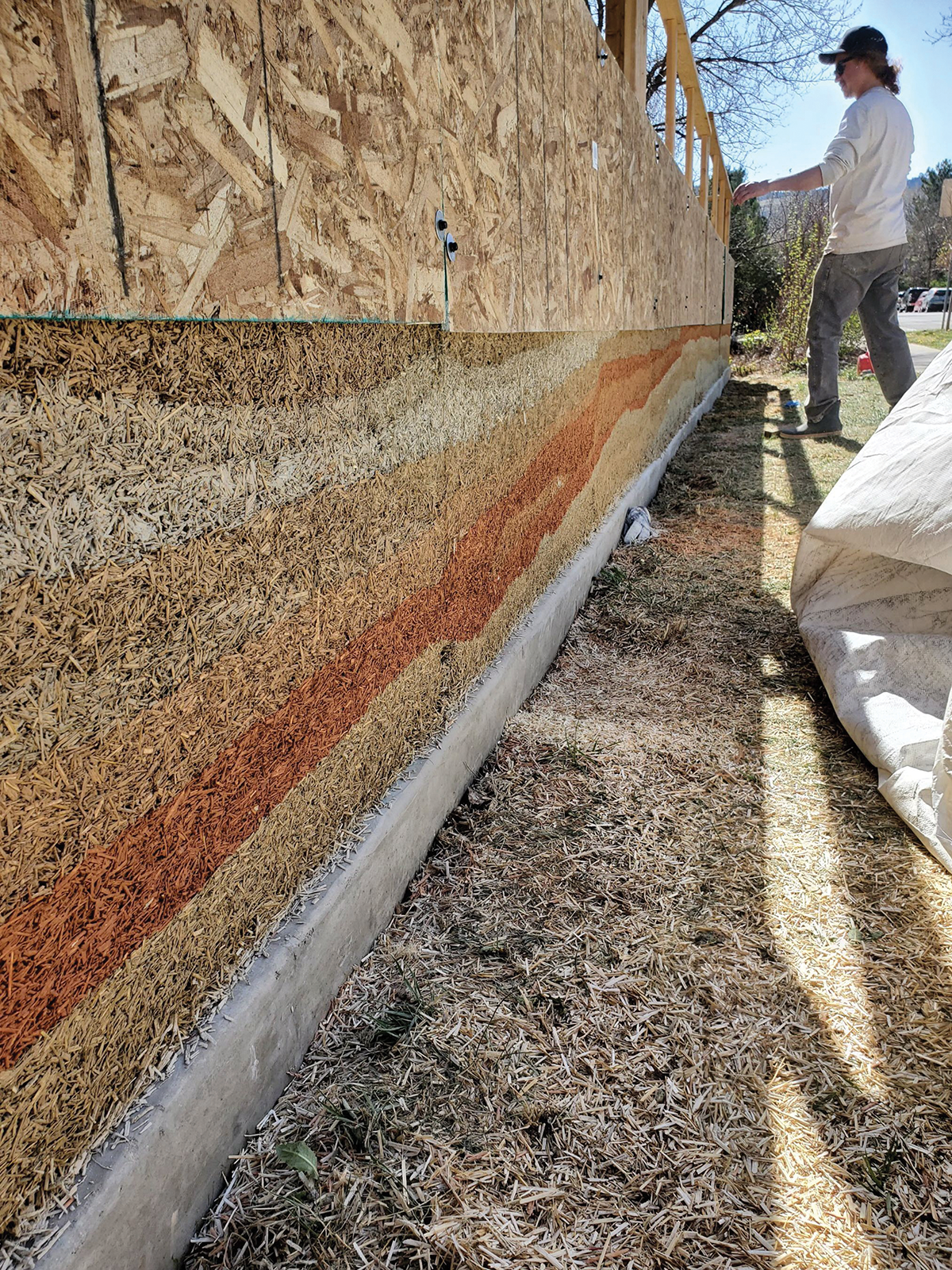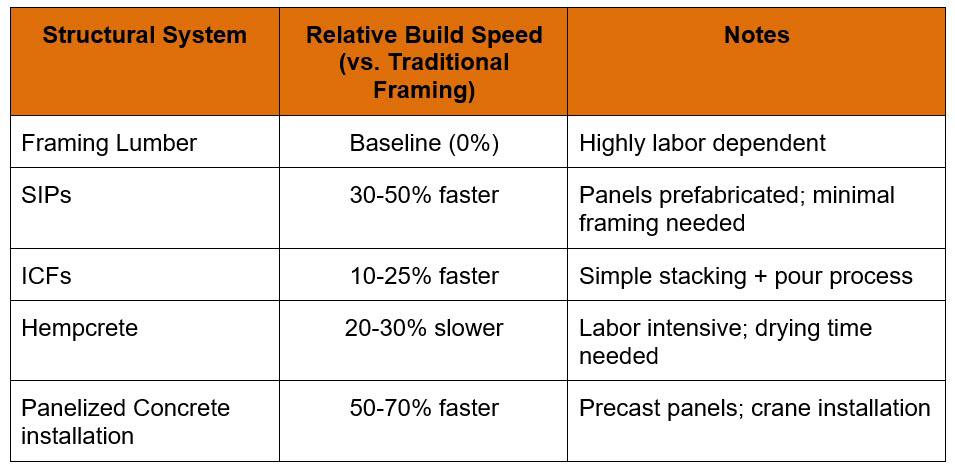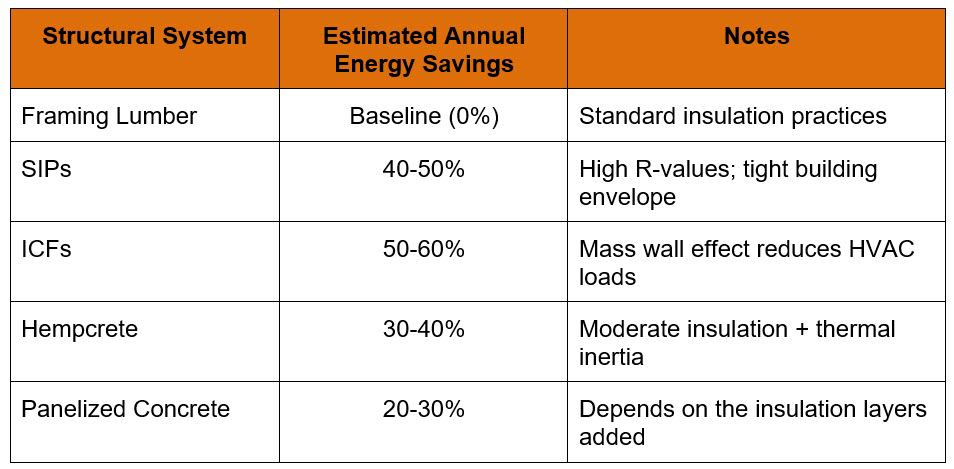Reframing Affordability: Why SIPs Are Now Cheaper Than Lumber Framing — and Why Timing Your Build Matters
- Dustin Wiebold
- Oct 6
- 4 min read

The Minnesota Market Is Evolving
Across Minnesota — from the Twin Cities to St. Cloud, Rochester, and St. Francis — homebuyers and builders are navigating a shifting landscape of affordability. Lumber prices are up, mortgage rates are holding steady, and many are wondering whether now is the right time to move from dreaming to designing.
According to Green Builder Media’s August 2025 report,
“Resilience Rising: Alternative Structural Systems,” the recent spike in framing lumber costs has closed the gap between traditional stick framing and high-performance systems like SIPs, ICFs, and panelized concrete walls.
Their analysis notes that SIPs are now cheaper than lumber framing on a total cost basis — a milestone that reflects not only steady material pricing but also faster installation and lower waste.
🔗 Read the full article here: “Resilience Rising: Alternative Structural Systems” – Green Builder Media
Combined with a cooling mortgage environment, this creates a rare window where building smarter, not faster, can make all the difference.
📊 The Lumber Market: A New Reality
The National Association of Home Builders (NAHB) reports that as of April 2025, framing lumber reached $483 per 1,000 board feet — a 23.5% increase year-over-year.
Note on Construction Costs: While the National Association of Home Builders (NAHB) reports an average U.S. construction cost of around $162 per square foot, that figure reflects only the direct construction phase — materials, framing, and labor — and does not include land, site prep, permits, design, or builder overhead.
In Minnesota, where labor, material, and energy-efficiency standards run higher, finished home costs typically range from $200–$250+ per square foot, depending on design, finishes, and lot conditions. This distinction is important when comparing national averages to real-world project bids
Structural System | Average Installed Cost (per sq ft) |
SIPs | ~$160 |
ICFs | ~$180 |
Hempcrete | ~$190 |
Panelized Concrete Walls | ~$210 |
That surge in lumber costs has nearly eliminated the old pricing gap between stick-built and high-performance construction methods.For many builders, SIPs now offer a more predictable and cost-efficient option — particularly when viewed through long-term affordability.
🧮 The True Cost: Looking Beyond the Sticker
The real cost of a home is more than what you pay per square foot.
It includes labor, energy efficiency, maintenance, and financing.
SIPs outperform in every one of those categories:
Labor Savings: Pre-cut panels speed up framing and reduce site waste.
Energy Efficiency: Tight thermal envelopes slash heating and cooling costs by up to 60%.
Maintenance: Airtight construction means fewer drafts, leaks, and repairs.
Sustainability: SIP homes use less material and generate less waste — protecting both your wallet and the planet.
When these factors are combined, SIPs can deliver real savings that outlast short-term price swings in the market.
💰 Mortgage Rates in October 2025: Signs of Stability
After two years of volatility, mortgage rates have begun to settle. As of October 2025, the average 30-year fixed mortgage rate sits between 6.25% and 6.35%, down from peaks above 7% earlier in the year.
Financial experts and organizations like Fannie Mae forecast that rates will hover in the 6.0%–6.5% range through year’s end, with gradual easing expected in 2026 — not the sharp decline many once hoped for.
Construction loans, which typically carry slightly higher rates, are ranging from 6.5% to 8.5% in Minnesota, depending on credit, down payment, and lender type.
In short: rates are stable but not falling fast — and that balance may actually create opportunity.
🏗️ Is Now the Time to Secure Financing?
While this isn’t financial advice, there are strategic reasons to explore construction financing sooner rather than later.
📈 Why Timing Matters
Rates Have Flattened: After years of sharp climbs, mortgage rates are plateauing — suggesting a temporary equilibrium.
Material Costs Are Rising: Lumber, concrete, and insulation prices continue trending upward.
Supply & Labor Pressures Remain: Builder backlogs and workforce shortages could make future projects costlier.
Budget Certainty: Locking in financing gives you clarity on total project costs before further inflation creeps in.
In essence, you may not be paying the lowest rate possible — but you could be locking in before the next round of material or labor increases.
🔍 Questions to Ask Before You Lock In
Before deciding whether to move forward, consider these key questions with your lender or builder:
Rate Lock Terms: How long can you hold your rate during the build, and does your lender offer a float-down option if rates drop later?
Loan Type: Is it a one-time-close construction-to-permanent loan, or will you need to refinance when the home is finished?
Interest Structure: Are payments interest-only during construction? What’s the estimated monthly cost during each phase?
Timeline Flexibility: How long do you have to complete construction before the rate lock expires (typically 9–12 months)?
Cost Protection: How are material cost fluctuations handled in your contract?
Energy Efficiency Credits: Does your lender or utility offer incentives for SIP or high-performance building systems?
Long-Term Value: If your SIP home reduces monthly utilities by 40–60%, how does that affect your effective affordability?
These aren’t just financial questions — they’re strategic ones that determine whether your build will stand up to both the market and the test of time.
🧭 Balancing Opportunity and Caution
Building a home is about more than timing the market — it’s about aligning your goals, budget, and vision with today’s economic realities.
Here’s the truth:
Rates are steady.
Lumber costs are rising.
SIPs are now a financially competitive, high-performance option.
If you’ve been planning your dream home or barndominium but waiting for the “perfect” moment, this may be the season to secure your financing — even if you’re not breaking ground immediately.
It’s about positioning yourself to build when you’re ready, not scrambling when prices surge again.
🌿 Building More Than a Home — Building Your Legacy
At Performance by Design (PBD), we help you dream, design, and build responsibly. We believe that affordability begins with smart choices — in materials, design, and timing. SIPs and other high-performance systems aren’t just construction methods; they’re long-term investments in comfort, efficiency, and resilience.
And in a market that’s shifting toward stability, those who plan ahead will have the strongest foundation — both financially and structurally.
🔗 Ready to Explore the Next Step?
If you’re curious about integrating SIPs into your design, comparing construction financing options, or creating a long-term build plan that aligns with your values —Performance by Design can help you map the path forward.









Great info. Very insightful!